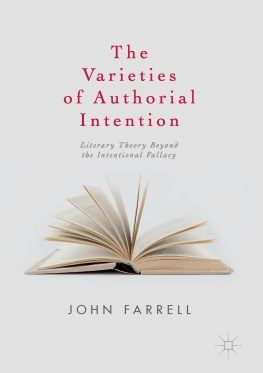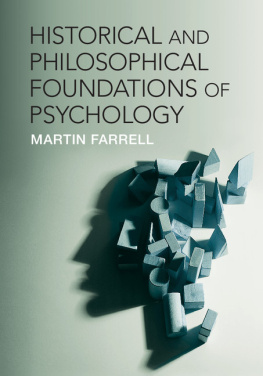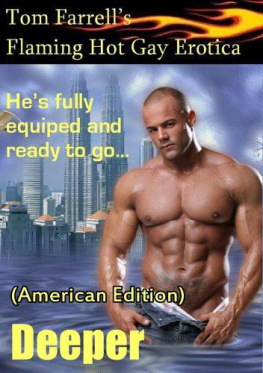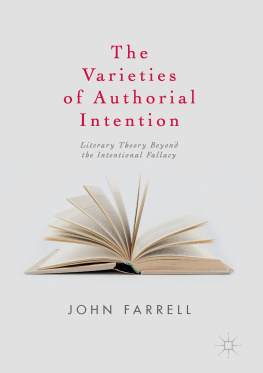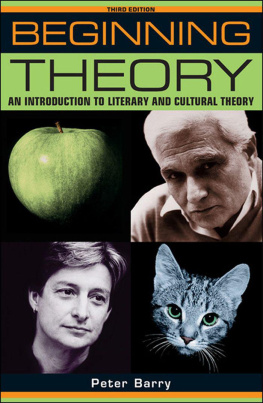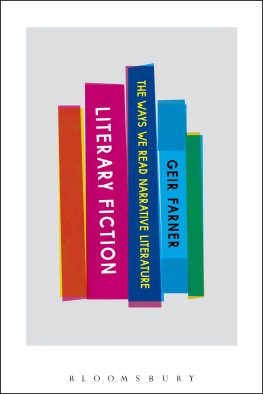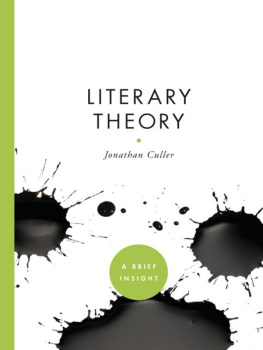1. Introduction: The Origins of an Intellectual Taboo
In 1917, Marcel Duchamp, a French artist in exile in New York and a director of the Society of Independent Artists, famously decided to test the Societys commitment to artistic freedom by purchasing a standard urinal, giving it the title Fountain , signing it with the comic pseudonym R. Mutt, and having it submitted for exhibition. When the Society failed the test and rejected Fountain , it was not the obscenity or the irreverence of Duchamps work that made it unacceptable. It was its mere banality. Fountain was simply a urinal, no different from the ones that could be purchased in a shop. The artists hand had done nothing to improve it. All Fountain had to recommend it as a work of art was the intentional gesture that brought it into view. It was a readymade.
Fountain started as little more than a joke, though Duchamp had been experimenting with readymades for some time. Nevertheless, the jokes force and seriousness continued to grow. Once accepted as art, readymades became a tribute to the absolute freedom of the artist to transmute any object, even the homeliest or most rebarbative, into a work of art merely by virtue of the artists power to declare it such. The reach of such an artists ambition could be breathtaking; anything could now become a work of art. Duchamp considered making an artwork out of the worlds tallest readymade structure, the Woolworth Building, simply by giving it a new name (65).
In addition to its inspiring vistas, Duchamps action had its deflationary side. The artist had cut off his hands, as he put it. His art would no longer be a matter of skill or mastery. It would be a purely cerebral activity. While its purpose was to demonstrate the freedom of the artist from the judgment of critics and administrators, it also had the effect of separating the artist from the work because the work no longer had a meaning or subject matter provided by the artist. It did not represent anything, conform to any style, embody any skill of hand or eye, cater to any taste. The artistic gesture was simply to say voil , here is the objecta bracing display of naked intentionality.
At the point where the work of art becomes a work of art through mere intention, without any other distinctively artistic activity, the value of both art and intention come into question. Either of them can look like a fraud. Duchamps gesture signaled the full arrival of the age of theory, for this was an art that simply could not be grasped without explanation. It was theoretical in its essence. Duchamps reductio ad absurdum separated intentionality from the making of the object and allowed it to float in the direction of the observer and the theorist. By inviting the audience to look at a urinal as a work of art, he was asking it to share almost in its entirety the act of making it art, which consisted merely of seeing it in a certain way, guided by the artists intent. Even this did not exhaust the degree to which the artist could erase the distinction between himself and his audience. In a famous work of music, , John Cage took the process one stage further, presenting mere time and place as an occasion of music and leaving the audience to fix its attention on whatever sounds might happen to turn up during the chosen interval. With such a work the artist does not even determine the object toward which intentionality is to be directed. The distinction between artist and audience has become thinner still.
The exposure of intentionality, in all its imperial nakedness, was an invitation to its overthrow. In the age of theory, the critic and the object (or in the case of literature, the text) would conspire to eliminate the middleman-artist. For an artistic culture in a state of constant revolution and crisis, intentionality was the last connection between convention and form to be stripped away. At the completion of this process, many visual artists would come to look upon what we might call their offerings entirely as the world would see them, without intending a resemblance to anything else. At this point the work is no longer about or meant . It is no longer a symbol or an act of communication. It stands as an object in itself, a mere find, an invitation to make of it what you will. The last vestige of the artists skill becomes the ability to present an object that is somehow striking but does not fall into any familiar category or pattern, one that does not recall any previous artistic object or image. Audiences had always come to art looking for an impression of something other than the work itself, an impression of presence or significance due to the artists skill and effort, but what the new audience got was the pure and simple Ding an sich , an attempt not to mean but to bewhile somehow still being art.
We can see some of the same tendencies at work in literary modernism. With its cult of individual styles, its freedom to experiment with the relation of form to content, and its inveterate whimsy and eccentricity, it also testified to the power and freedom of the artist, but here the emphasis tended to fall less on the nakedness of the artists intention and more on the richness and proliferation of styles and meanings embodied in the work. There was, of course, a deeply skeptical aspect to a movement with Flaubert and Joyce among its chief exemplars, artists who tended to stand above their work and the entire tradition of Western literature they meant to culminate. In a different manner from Duchamp, this degree of detached virtuosity invited the dethroning of the author in favor of a proliferating textuality and a sense that form itself determines content. It is perhaps no coincidence that during this same period psychoanalysis was providing a new source of intentionality in the unconscious minda source of depth and meaning with radically anti-traditional implications. Escaping from conscious intentions began to rival, or even replace, the enacting of conscious intentions as an artistic pursuit. For critics and biographers, exploring the unconscious mind of the artist and reducing idealistic ambitions to egoistic wishes became a substitute for the Romantic cult of genius, a new way of relating author to work that allowed the critic to override surface intentions.
In English letters, it was religious and culturally conservative critics like T. S. Eliot and C. S. Lewis who took the first steps in the theoretical disenfranchising of authors from the position of responsibility for the meaning of their works. Like Duchamp, Eliot was a collector of reusable objects, lines of poetry that could be collected readymade under his own signature. But whereas Duchamps aim was to demystify and make art ordinary, the aim of Eliots artist, expressed in Tradition and the Individual Talent (1919), was to free art, and himself, from the ordinary life of emotions and practicalitiesto elevate it, by a continual self-sacrifice,
Lewiss attack on Romantic expressivism, delivered in a series of exchanges with E. M. W. Tillyard and published as The Personal Heresy (1939),
It is interesting to note that in the development of the visual arts, the separation of meaning and intention tended to undermine meaning and preserve intention, whereas in literary theory it was intention that was sacrificed to meaning as embodied in the text. This was owing no doubt to differences between the two arts themselves and in the different ways they experienced the pressure of other media. In both cases, though, the rejection of convention, with its bourgeois associations, was an animating motive, whether it drove an escape into tradition or its demolition. So it is no surprise that the attack upon intentionality and the concept of the author, begun by cultural conservatives, was taken up and intensified by poststructuralists with a similarly anti-bourgeois and anti-capitalist attitude. Roland Barthes, for instance, envisions the author as a peculiarly modern figure, an artifact of the recent discovery of the individual emerging from the Middle Ages with English empiricism, French rationalism, and the personal faith of the Reformation. The emphasis on the centrality of the author was for Barthes the epitome and culmination of capitalist ideology.

